November Walking Tour – Gimme Shelter
As the weather turns cold, we seek coziness, covering ourselves in layers of clothing, nestling into blankets and if we’re fortunate, taking sanctuary in heated habitations. When it comes to the extreme weather of the steppes, we live by the words of the Rolling Stones: “Gimme shelter or I’m gonna fade away.” These lyrics ring as true for us as they do for the multitude of vertebrate and invertebrate animals and microorganisms that exist in our gardens.
Through gardening, we align ourselves intimately with other creatures. These collateral beings are our kin, and we must consider our actions in relation to their health as we create, sustain or destroy garden spaces. The garden is their home, and we must remember that a bare garden is a space bereft of the raw materials of shelter.
In his article “Sustainable Fall Garden Clean-up” my colleague Michael Guidi expertly outlined the aesthetic and biological advantages to leaving dead and decaying organic matter in the garden throughout the fall and winter seasons. The basic rules are easy:
- Don’t cut back your gardens until spring (and if possible, leave some parts completely uncut until the following summer).
- After cut back, leave organic matter of different sizes and materials in your garden (homes for animals and free mulch).
If you feel like you must cut back or clean up, consider not cutting back everything or leaving piles of the organic matter in your garden or somewhere out of sight in your yard.
Although we may feel compelled to clean our gardens, we must transmute our vision of a prepared space from one that is ready to fulfill our short-term needs (the promise of easy planting and harvesting in an organized space) to one that serves our long-term needs (a healthy biosphere that will support our gardens and crops for decades to come).
As you walk through Denver Botanic Gardens in the autumn, notice that while some spaces are thoroughly cleaned, much of the Gardens is left full of plant material through the winter months. These spaces, with their senesced skeletal forms and earthly hued layers of detritus are left intentionally to serve as spots of biological generation:
- Josephine Streetscape: The Josephine Streetscape (both the east and west sides) is a dense mixture of shrubs, grasses, trees and perennials that aren’t cut back until very early spring. When it is cut back, the plants are cut roughly and dropped directly on the ground, creating the mulch for the garden and leaving lots of layers and hollows for life to find shelter in.
- Ponderosa and Bristlecone Borders: The Ponderosa and Bristlecone borders are naturalistic gardens that reflect different plant communities of Colorado’s montane ecosystems. These gardens provide a depth and complexity that is helpful for wildlife to feel safe and nestled in.
- Oak Steppe and Shrub Steppe: The interstitial spaces of the Gardens are important to support life since they often contain heterogeneous mixes of lots of different plant forms. The oak steppe and shrub steppe beds of the Steppe Garden are liminal areas, at the edges of the main garden. They are left full of fallen leaves and detritus giving animals an out-of-the-way home.
- The Lilac Garden: The Lilac Garden has a thick and wild understory that is left full of stems of different sizes, heights and states of decay and grasses and seed heads that are crucial for use as nesting materials.
- The Laura Smith Porter Plains Garden: The shrubs and grasses of the Plains Garden are left to grow, collapse on themselves and grow through their own detritus for several seasons at a time creating a complex matrix of life and decay and allowing for different cycles of vertebrates and invertebrates to breed and live within.
This short list highlights the winter habitat potential of just a handful of places that you can visit and investigate, but areas of refuge continuously thread throughout the Gardens. I hope you enjoy seeing the winter garden with new eyes.
Gallery
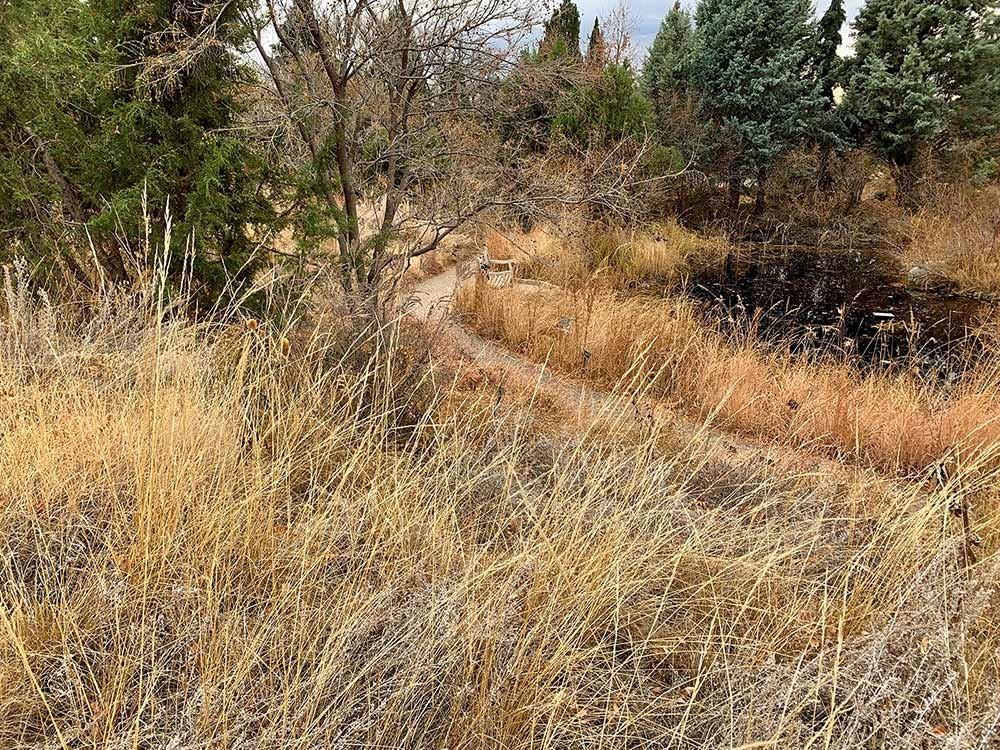
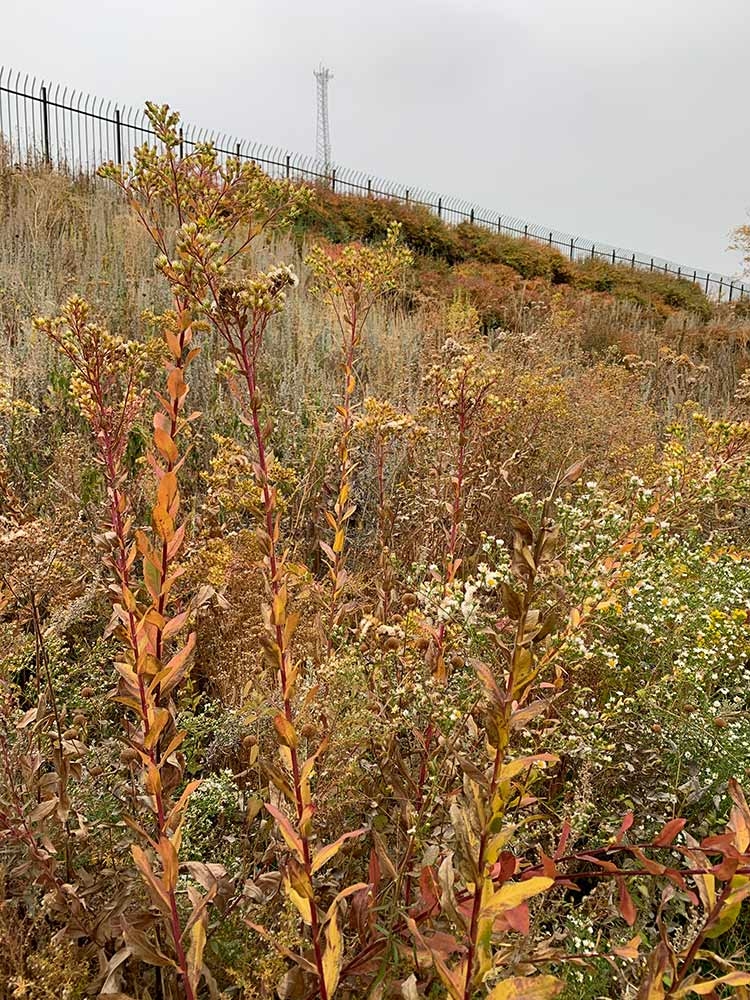
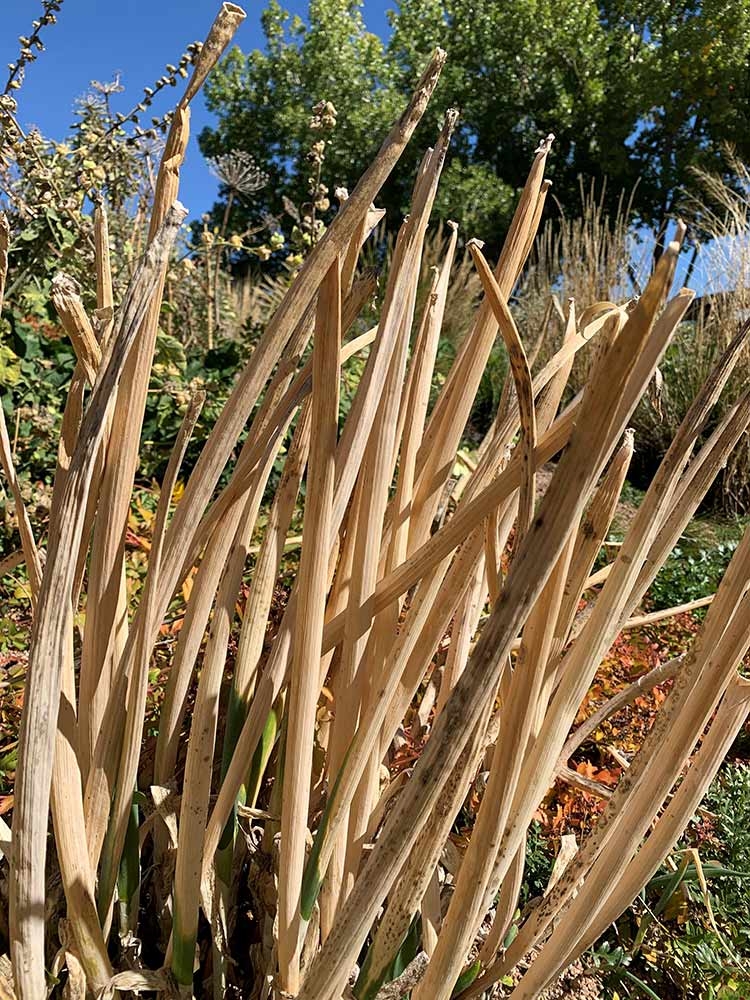
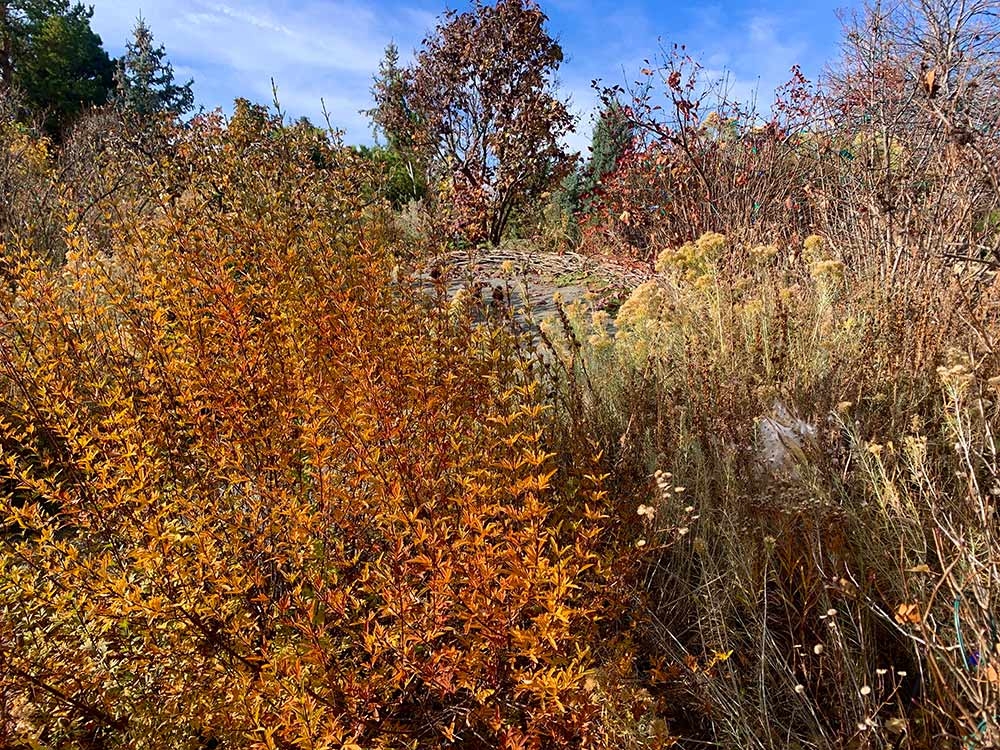
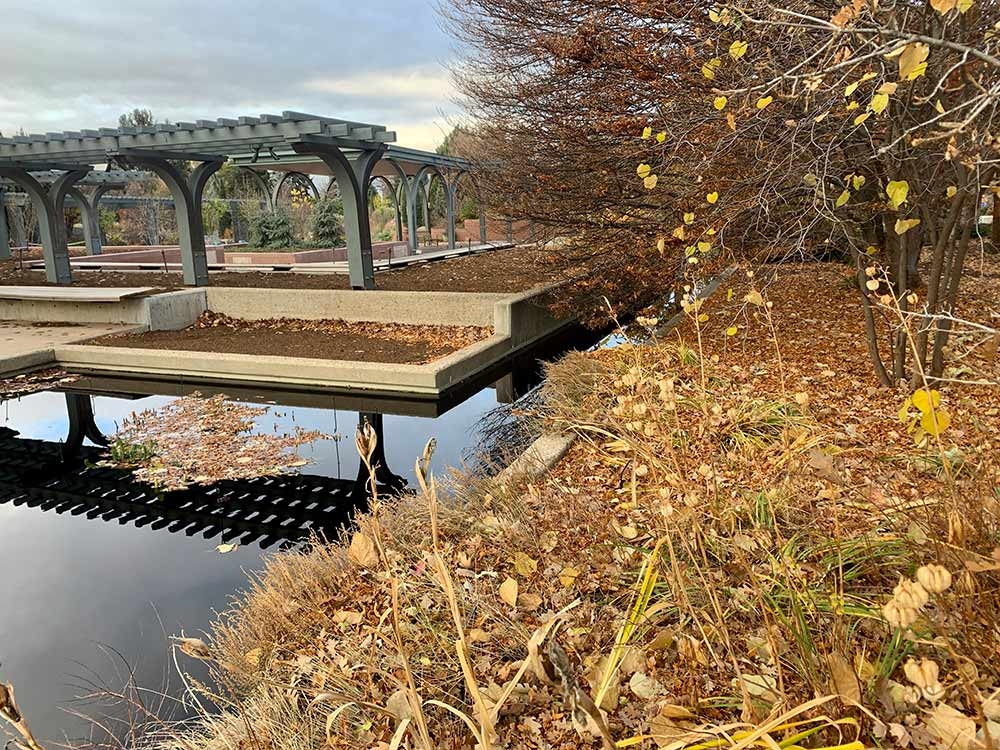
Add new comment